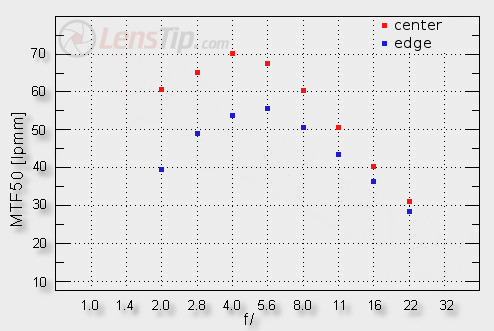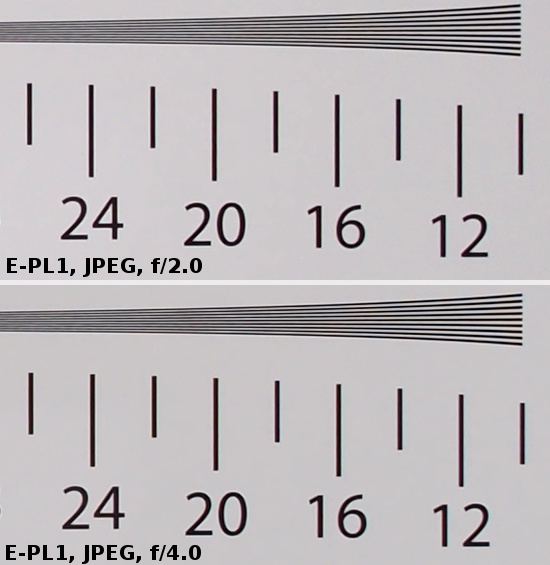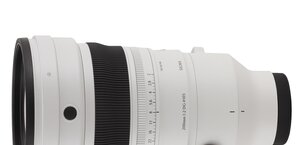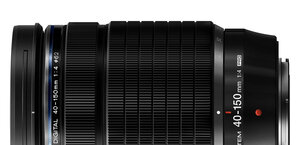Olympus M.Zuiko Digital 12 mm f/2.0 ED
4. Image resolution
Now let’s see how the Olympus M. Zuiko Digital 12 mm f/2.0 ED compares here.

Please Support UsIf you enjoy our reviews and articles, and you want us to continue our work please, support our website by donating through PayPal. The funds are going to be used for paying our editorial team, renting servers, and equipping our testing studio; only that way we will be able to continue providing you interesting content for free. |
- - - - - - - - - - - - - - - - - - - - - - - - - - - - - - - - - - - - - - - - - - - - - - - -
As you see, already at the maximum relative aperture we get a very good result of 60 lpmm – the image quality there is beyond reproach. On stopping down the MTFs are rising to the value of 70 lpmm, which is reached by f/4.0. It is still short of the level represented by the Leica or the Panasonic but, on the other hand, the result is exactly like that of the Panasonic 2.5/14, which has a bit narrower angle of view.
A bit better results that those of the „pancakes” you can expect on the edge of the frame. While the maximum aperture is not very impressive, because the result of 40 lpmm is a bit lower than the decency level, on slight stopping down we see this problem disappear. When you stop down even further the Olympus outclasses the Panasonic 2.5/14 effortlessly. On the other hand the 1.7/20 model fares very similarly on the edge of the frame – but in this case we deal with a much narrower angle of view so the standards also are much lower.
To sum up the Olympus M.Zuiko Digital 12 mm f/2.0 ED doesn’t perhaps break any resolution records but it is certainly a very solid device, providing good or very good image quality across the frame almost up from the maximum relative aperture.
Below we show you our test chart crops. They were taken from the area near the frame centre of JPEG files, saved along with RAW files. We used the lowest sharpening level but you must remember that in Olympus cameras it still remains on a relatively high level.
 |






